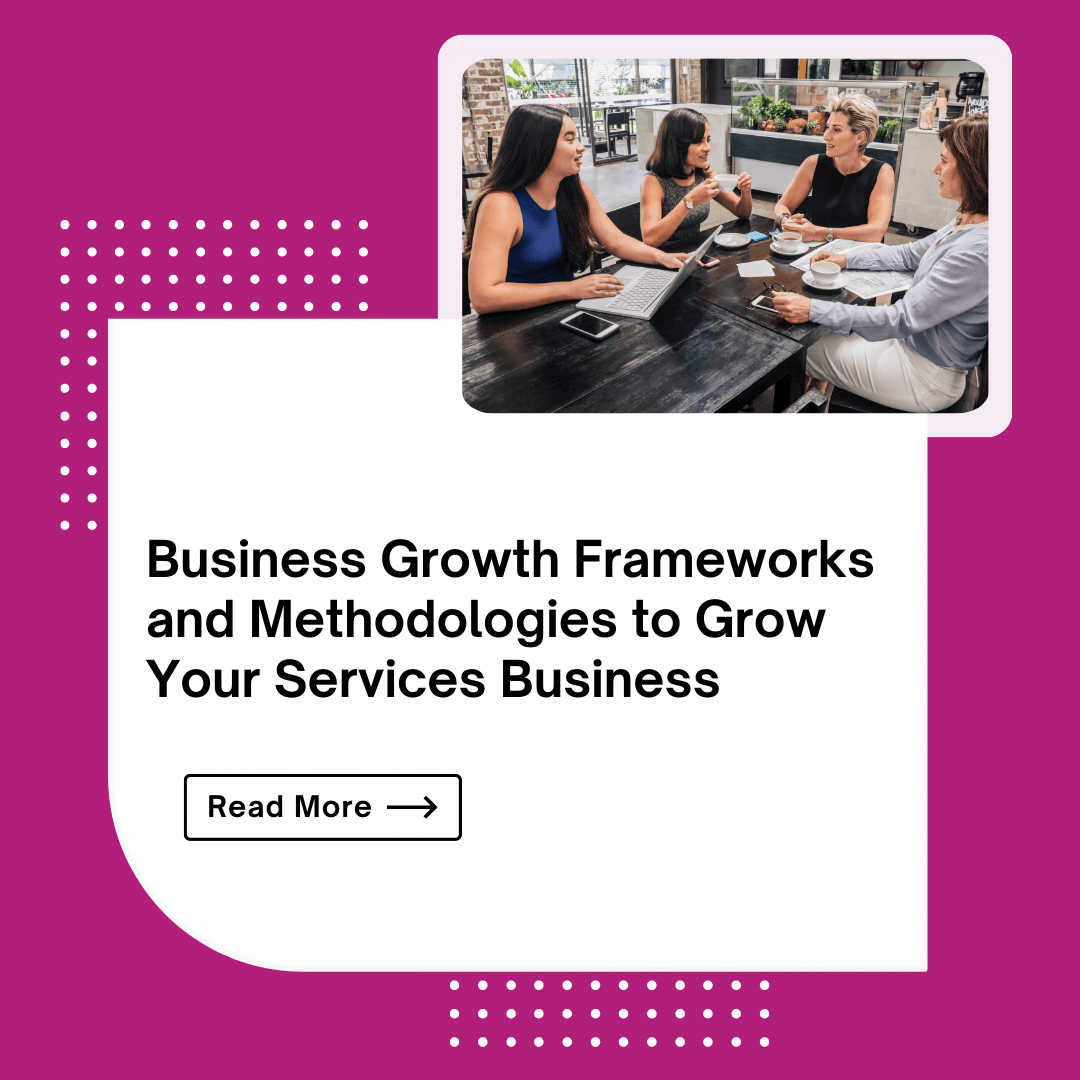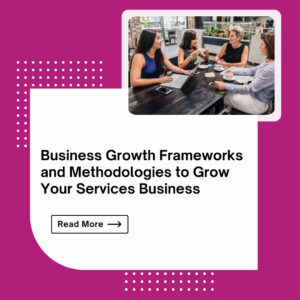Business design frameworks and methodologies are structured approaches that guide businesses in developing, improving, and innovating their business models and strategies. These frameworks provide a systematic way to approach business challenges, enabling companies to create value for their customers and stakeholders efficiently. They help in aligning the organization’s activities with its strategic goals, optimizing resources, and enhancing customer experiences. Here are some widely recognized business design frameworks and methodologies:
First Principles Thinking
First Principles Thinking is a problem-solving approach used to uncover fundamental truths and build knowledge from the ground up. Popularized by Elon Musk and others, it involves breaking down complex problems into their most basic elements and reassembling them from the ground up. This methodology is valuable for innovation, allowing businesses to challenge assumptions and create novel solutions.
Customer Lifetime Value (CLV)
Customer Lifetime Value is a prediction of the net profit attributed to the entire future relationship with a customer. Understanding CLV helps businesses in deciding how much they should invest in acquiring new customers and retaining existing ones, making it a crucial metric for growth and customer relationship management.
KPI Tree
A KPI Tree (Key Performance Indicators) is a tool used to break down strategic objectives into actionable, measurable goals. It starts with a high-level objective and breaks it down into contributing factors and key performance indicators (KPIs) that need to be measured and achieved to accomplish the main goal. This helps organizations focus on specific areas that drive growth.
Lean Startup Methodology
Popularized by Eric Ries, the Lean Startup methodology focuses on creating and managing startups in a more efficient way. It emphasizes the concept of “build-measure-learn” to turn ideas into products, measure how customers respond, and then learn whether to pivot or persevere. This approach encourages startups to release products quickly, iterate based on feedback, and achieve product-market fit with minimal resources.
Design Thinking
Design Thinking is a human-centered approach to innovation that draws from the designer’s toolkit to integrate the needs of people, the possibilities of technology, and the requirements for business success. It involves five phases: Empathize, Define, Ideate, Prototype, and Test. This methodology is used to solve complex problems in a user-centric way, encouraging businesses to focus on the human experience of their products and services.
Growth Hacking
Growth hacking is a marketing-focused growth strategy that aims to achieve rapid growth by experimenting with and implementing creative, low-cost strategies. It often involves leveraging data analytics, social media, and viral marketing techniques to acquire as many users or customers as possible while minimizing spending. Growth hacking is particularly popular among startups and digital businesses looking to grow their user base quickly.
SWOT Analysis
SWOT Analysis is a strategic planning tool used to identify and understand the Strengths, Weaknesses, Opportunities, and Threats related to business competition or project planning. This methodology helps organizations in strategic planning to identify the internal and external factors that are favorable and unfavorable to achieving their objectives.
Porter’s Five Forces
Developed by Michael E. Porter, this framework analyzes the industry structure and the level of competition in an industry. The five forces are Threat of New Entrants, Threat of Substitute Products or Services, Bargaining Power of Customers, Bargaining Power of Suppliers, and Industry Rivalry. This analysis helps businesses understand the competitive forces at play and the underlying drivers of profitability in their industry.
These frameworks and methodologies are not mutually exclusive and can be used in combination to provide comprehensive insights and strategic directions for businesses. They offer structured approaches to problem-solving, innovation, and strategic planning, helping businesses navigate complex market dynamics and create sustainable competitive advantages.
Scaling Lean
Based on the principles of Lean Startup methodology, Scaling Lean focuses on maximizing customer value while minimizing waste during the scaling phase. It involves validating business ideas through customer feedback before scaling, ensuring that the business grows efficiently without unnecessary expenditure on unproven concepts. This approach helps businesses focus on what truly matters to customers, leading to more sustainable growth.
OKRs (Objectives and Key Results)
OKRs are a goal-setting framework used by organizations to define measurable goals and track their outcomes. This framework helps businesses set ambitious, achievable objectives along with specific, quantifiable key results to gauge progress. OKRs encourage alignment and engagement around measurable goals, making them particularly effective for scaling businesses and ensuring teams are working collaboratively towards common objectives.
Kano Model
The Kano Model is a theory of product development and customer satisfaction developed by Noriaki Kano. It categorizes customer preferences into five categories: Must-Be, One-Dimensional, Attractive, Indifferent, and Reverse. By understanding these categories, businesses can prioritize features or services that will significantly impact customer satisfaction and loyalty, leading to sustained growth.
Value Proposition Design
Value Proposition Design is a process that helps businesses create products and services that customers want. It’s based on the Value Proposition Canvas, which is a tool to identify and communicate the value a company offers to its customers. This methodology focuses on understanding the customer’s needs and pains deeply and ensuring that the business’s offerings address these effectively.
Agile Development
Agile Development is a methodology originally from software development that focuses on the continuous delivery of value to the customer. It promotes adaptive planning, evolutionary development, early delivery, and continual improvement, and it encourages rapid and flexible response to change. Applying Agile principles beyond software development can help businesses in various industries innovate and grow by more quickly adapting to market changes and customer needs.
Theory of Constraints (TOC)
The Theory of Constraints is a management philosophy introduced by Dr. Eliyahu M. Goldratt, which posits that any manageable system is limited in achieving more of its goals by a very small number of constraints. By identifying and addressing these bottlenecks, businesses can significantly improve their performance and growth potential. TOC is applied in areas such as operations, manufacturing, supply chain, and project management.
Service-Dominant Logic (SDL)
Service-Dominant Logic is a mindset for approaching business that sees service, rather than goods, as the fundamental basis of exchange. It emphasizes the co-creation of value between the provider and the customer and the importance of relationships and networks in value creation. SDL encourages businesses to think beyond transactions to long-term relationships and value co-creation with customers.
Exponential Organizations (ExOs)
Exponential Organizations are those that have a new organizational structure that allows them to scale their impact at a pace significantly faster than traditional organizations. Salim Ismail introduced this concept, focusing on attributes that leverage accelerating technologies and allow for rapid growth. Key characteristics include a Massive Transformative Purpose (MTP) and the use of SCALE and IDEAS (Interfaces, Dashboards, Experimentation, Autonomy, Social technologies) as growth accelerators.
Six Sigma
Six Sigma is a set of techniques and tools for process improvement. It was introduced by engineers at Motorola in 1986 and has since been adopted by many businesses in various industries. The methodology seeks to improve the quality of process outputs by identifying and removing the causes of defects and minimizing variability in manufacturing and business processes. By improving operational efficiency, businesses can reduce costs and increase customer satisfaction, thereby supporting growth.
Disruptive Innovation
Introduced by Clayton Christensen, disruptive innovation refers to a process whereby a smaller company with fewer resources is able to successfully challenge established incumbent businesses. Disruptive innovations typically start in a niche market that may appear unattractive or inconsequential to industry incumbents but eventually evolve to redefine the market, displacing established leading firms, products, and alliances.
Lean Manufacturing
Lean Manufacturing, or Lean Production, is a systematic method for waste minimization within a manufacturing system without sacrificing productivity. It can also be applied to other business processes. The principles of lean manufacturing include value stream mapping, continuous improvement, and a focus on value creation with less work. This methodology aims at increasing efficiency, reducing waste, and using empirical methods to decide what matters, rather than uncritically accepting pre-existing ideas.
Balanced Scorecard
Developed by Robert S. Kaplan and David P. Norton, the Balanced Scorecard is a strategic planning and management system used to align business activities to the vision and strategy of the organization, improve internal and external communications, and monitor organization performance against strategic goals. It balances financial measures with performance measures and objectives related to all other parts of the organization.
Scenario Planning
Scenario Planning is a strategic planning method that organizations use to make flexible long-term plans. It is in large part an adaptation and generalization of classic methods used by military intelligence. The basic method is that a group of analysts generate simulation games for policy makers. The games combine known facts about the future, such as demographics, geography, military, political, industrial information, and mineral reserves, with plausible alternative social, technical, economic, and environmental developments.
Innovation Ambition Matrix
This framework helps companies classify their innovation efforts into three types: core innovations (optimizing existing products for existing customers), adjacent innovations (expanding into new markets or categories), and transformational innovations (developing breakthroughs and inventing things for markets that don’t yet exist). It’s useful for balancing and prioritizing different types of innovation activities within a company’s portfolio.
Resource-Based View (RBV)
The Resource-Based View is a model that sees resources as key to superior firm performance. If a resource exhibits VRIO attributes (valuable, rare, inimitable, and organized to capture value), the firm can achieve a sustained competitive advantage. RBV focuses on the concept of difficult-to-imitate attributes as a source of company advantage, rather than external factors like market competition.
The Flywheel Model
The Flywheel effect is a concept developed in the book Good to Great. No matter how dramatic the end result, good-to-great transformations never happen in one fell swoop. In building a great company or social sector enterprise, there is no single defining action, no grand program, no one killer innovation, no solitary lucky break, no miracle moment. Rather, the process resembles relentlessly pushing a giant, heavy flywheel, turn upon turn, building momentum until a point of breakthrough, and beyond. Hub Spot created their idea of the flywheel funnel perhaps from this idea.
Hook Model
Developed by Nir Eyal, the Hook Model is a four-step process designed to build customer habits through a cycle of trigger, action, variable reward, and investment. It’s particularly relevant for digital products and services aiming to increase user engagement and retention by embedding habitual use of their offerings.
Are They Trade Secrets?
These and many other commonly known frameworks are not trade secrets. They are widely recognized concepts in the field of strategic management and business studies. These frameworks are considered public knowledge and are extensively taught in business schools, discussed in academic literature, and applied by companies worldwide in their strategic planning processes.








